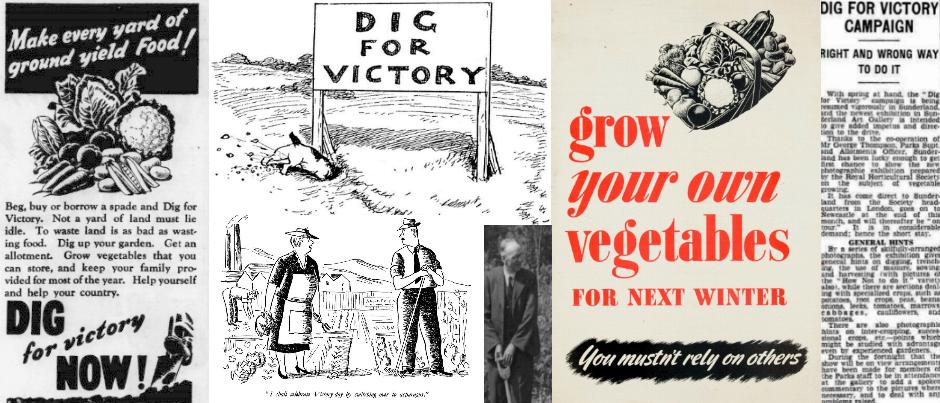1) Stop Outdoor Tomatoes : - Pinch out the tops of the plants once they have three trusses of flowers - leaving two leaves at the top of each plant.
2) Dress Sprouts, Seakale , Beans, Celery : - Give Brussels Sprouts a dressing of sulphate of ammonia or general fertilisers to aid leaf development. Feed seakale with liquid manure. Runner beans appreciate liquid manure. Celery in frames should be watered and fed.
3) Sow Spring Cabbage : - Make two sowings with ten to fourteen days in between.
4) Treat Lanky Artichokes : - If Jerusalem Artichokes become too tall they're in danger of being blown over. Remedy this by cutting down to a height of 4 feet by removing the tops.
4) Treat Lanky Artichokes : - If Jerusalem Artichokes become too tall they're in danger of being blown over. Remedy this by cutting down to a height of 4 feet by removing the tops.
5) Onions, Final Stages : - Autumn sown onions should be ready for lifting soon.
6) Sow Radishes and Endive ; Thin Salsify : - Sow the radish varieties Black Spanish & China Rose. These are large rooted radish that can be stored to use over winter. Sow endive. Thin salsify and scorzonera to between 6 & 9 inches apart.
7) Fill Vacant Space: - Fill all vacant space, including blanks that have appeared in earlier sowings of winter greens, with late greens or leave for spring cabbage, occupying the space with salads in the meantime.
8) Spray Potatoes: - Spray potatoes with Bordeaux mixture to cover new foliage. Burgundy mixture can also be used.
9) Care for Fruit: - Thin out the new growths on gooseberries. When the earliest apples are ready pick and use them when they are ready, don't use them for storing. It's worthwhile to consider replacing very old fruit bushes with younger ones. Water autumn fruiting raspberries.
10) Preserve Fruit : - Preserve surplus fruit by jamming or bottling in syrup.
2017 Harvesting potatoes as and when needed this week.
6) Sow Radishes and Endive ; Thin Salsify : - Sow the radish varieties Black Spanish & China Rose. These are large rooted radish that can be stored to use over winter. Sow endive. Thin salsify and scorzonera to between 6 & 9 inches apart.
7) Fill Vacant Space: - Fill all vacant space, including blanks that have appeared in earlier sowings of winter greens, with late greens or leave for spring cabbage, occupying the space with salads in the meantime.
8) Spray Potatoes: - Spray potatoes with Bordeaux mixture to cover new foliage. Burgundy mixture can also be used.
9) Care for Fruit: - Thin out the new growths on gooseberries. When the earliest apples are ready pick and use them when they are ready, don't use them for storing. It's worthwhile to consider replacing very old fruit bushes with younger ones. Water autumn fruiting raspberries.
10) Preserve Fruit : - Preserve surplus fruit by jamming or bottling in syrup.
2017 Harvesting potatoes as and when needed this week.

